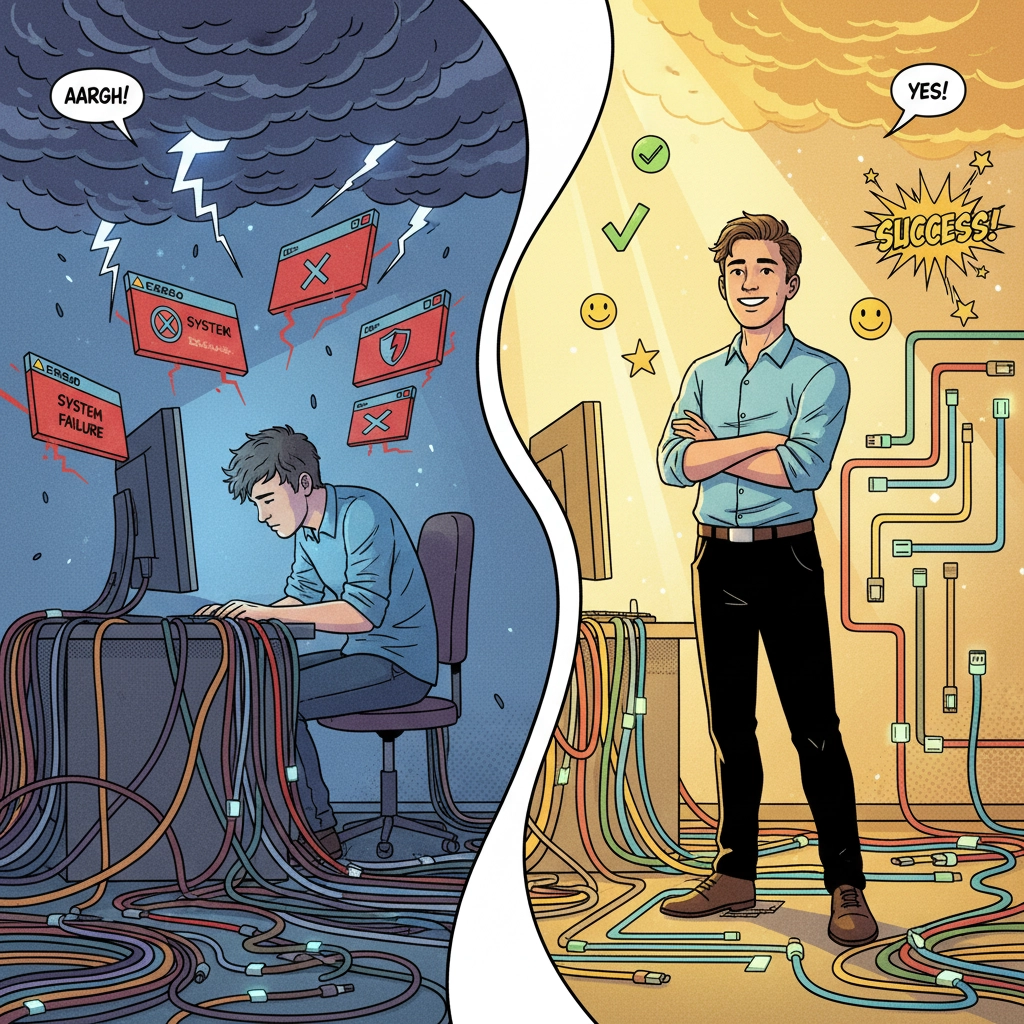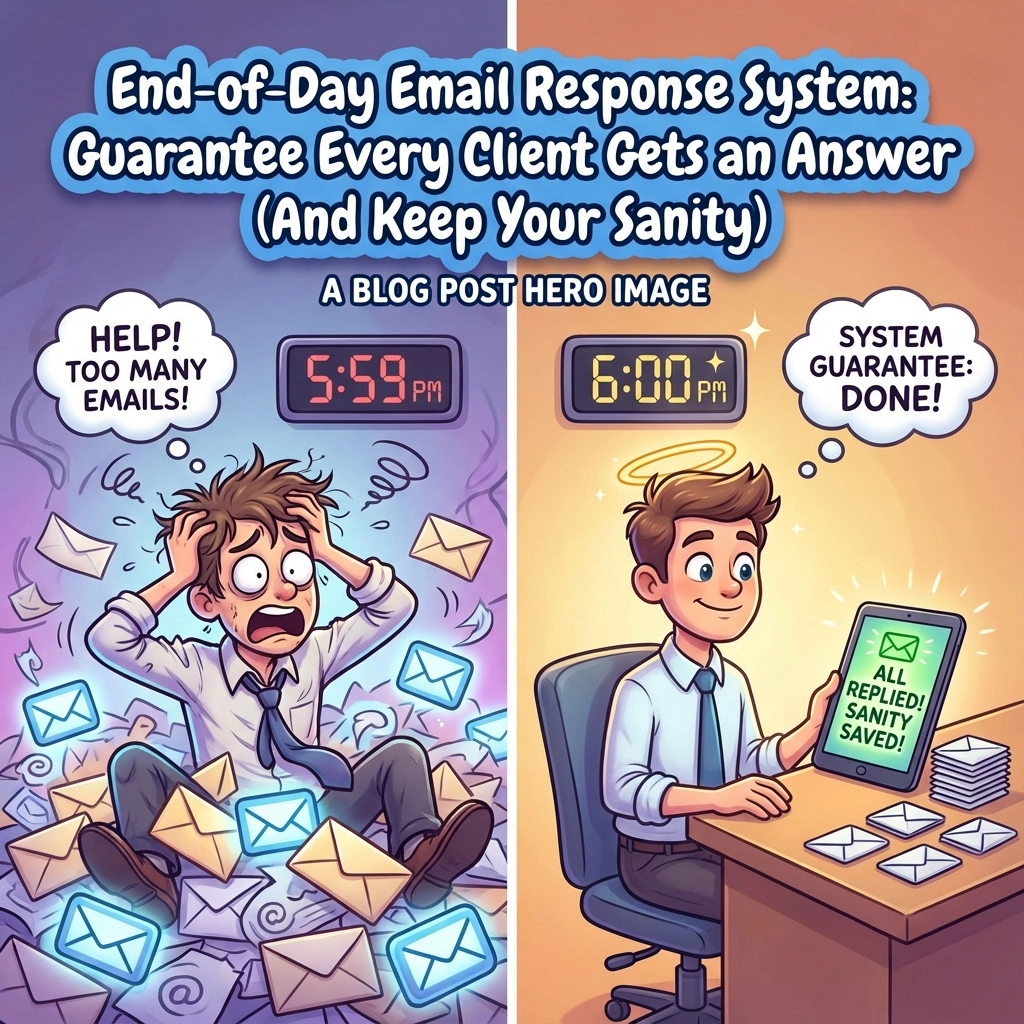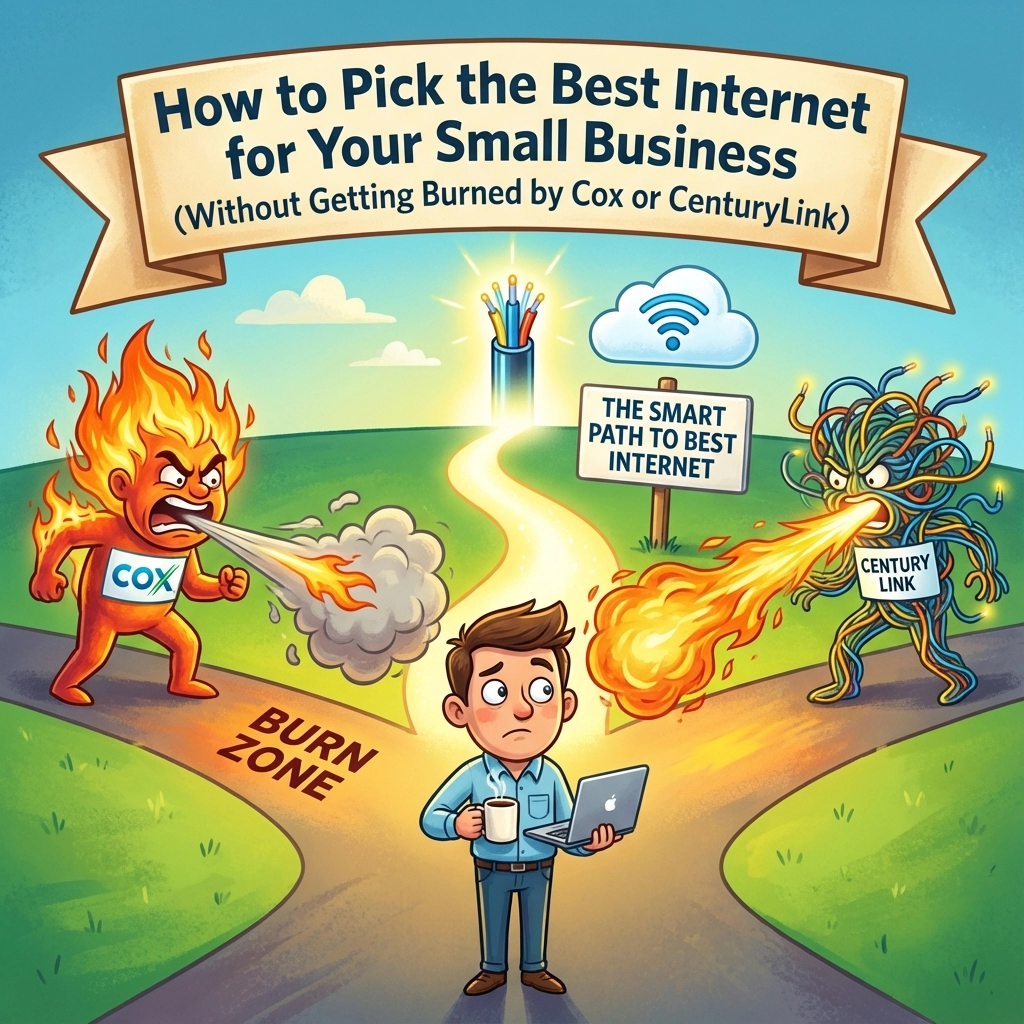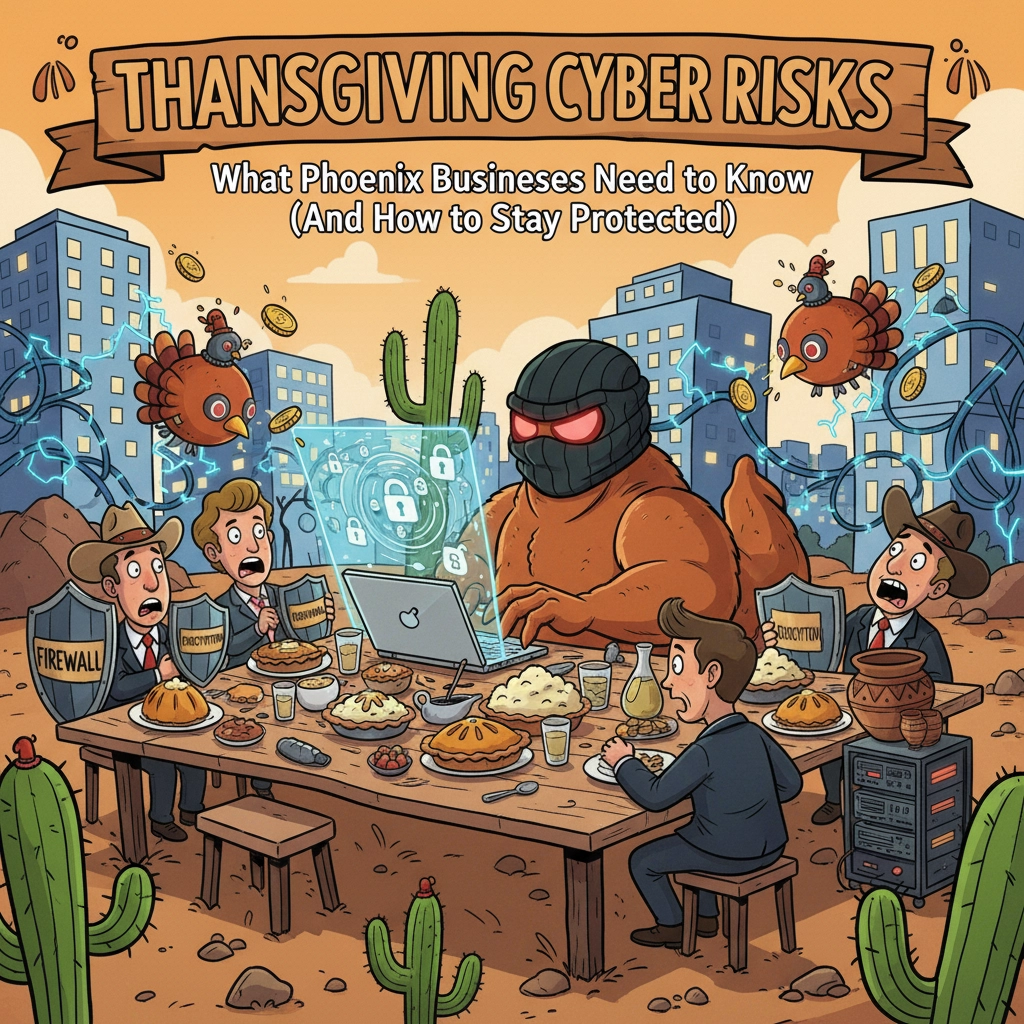We’ve all heard it before: “I’m just so frustrated with this technology!” It’s become the universal response to any tech hiccup, from printer jams to password resets. But here’s the thing: saying “I’m frustrated” has become a conversational dead end that actually prevents problem-solving and keeps businesses stuck in cycles of dependency.
Research shows that technology frustration affects productivity dramatically, with users wasting 30-45% of their computer time dealing with challenging situations. More importantly, the way we respond to these challenges often determines whether we build resilience or create learned helplessness.
The Psychology Behind “I’m Frustrated”
When someone defaults to “I’m frustrated,” they’re often experiencing what psychologists call limited emotional vocabulary. This isn’t just about being articulate: it reflects deeper patterns that can impact business operations and decision-making abilities.
Studies on emotional expression reveal that people with restricted emotional vocabulary often struggle with problem identification and solution-finding. In technology contexts, this manifests as generic complaints rather than specific problem descriptions that could lead to quick resolutions.
The Learned Helplessness Trap
Technology anxiety often creates a psychological phenomenon called learned helplessness: when repeated negative experiences lead people to believe they can’t succeed, even in situations where success is possible. This is particularly common with older adults and technology, but it affects users across all demographics.

Here’s how the cycle works:
- User encounters a tech problem
- Immediate rescue arrives (IT support fixes it instantly)
- User doesn’t learn the solution process
- Next similar problem feels overwhelming
- User expects failure and calls for help immediately
Research on computer self-efficacy shows that people who believe they can successfully navigate technology challenges are significantly more likely to persist through difficulties and develop independent problem-solving skills.
The Problem with Over-Support
Many IT service providers, including those of us in managed services, face a constant tension: when does helping become enabling? The distinction matters more than you might think.
Enabling behaviors in tech support include:
- Immediately taking over when a client expresses any difficulty
- Solving problems without explaining the process
- Accepting vague descriptions like “it’s not working”
- Never requiring clients to attempt basic troubleshooting
Empowering behaviors involve:
- Asking diagnostic questions before providing solutions
- Walking clients through processes rather than doing it for them
- Setting clear boundaries about response times and support availability
- Teaching clients to identify and articulate problems clearly
The research is clear: immediate assistance can actually reinforce learned helplessness and create dependency cycles that hurt both service providers and clients.
Evidence-Based Solutions: The Gradual Release Model
Educational research provides us with a powerful framework called the Gradual Release of Responsibility Model: “I Do, We Do, You Do.”
I Do: The service provider demonstrates the solution while the client observes
We Do: Provider and client work through similar problems together
You Do: Client handles the problem independently with minimal guidance
Studies show that this approach leads to a 54.8% improvement in digital literacy when combined with self-directed learning opportunities. More importantly, it builds genuine confidence rather than false reassurance.
Practical Reframing Strategies
Instead of accepting “I’m frustrated,” successful support interactions involve reframing language:
- “I’m frustrated” becomes “I’m learning something new”
- “This is confusing” becomes “I need clarification on [specific step]”
- “It’s not working” becomes “When I click X, Y happens instead of Z”
This isn’t just semantic wordplay: it’s cognitive restructuring that builds problem-solving capacity.

Implementation Framework for Service Providers
Setting Professional Boundaries
Clear communication strategies are essential for sustainable support relationships. This includes:
Response Time Expectations: Establish and communicate realistic support timelines. Not everything is an emergency, and teaching clients to differentiate between urgent and routine issues improves overall service delivery.
Diagnostic Requirements: Before providing solutions, require clients to provide specific information about what they were trying to do, what actually happened, and what they’ve already attempted.
Self-Service Expectations: Many technology challenges can be resolved through documentation, video tutorials, or simple troubleshooting steps. Setting expectations that clients should attempt basic solutions builds capability.
Client Education Techniques
Building technology confidence requires structured approaches:
Teaching Diagnostic Skills: Instead of asking “what’s wrong,” teach clients to observe and describe: What error messages appear? When did the problem start? What changed recently?
Creating Small Wins: Start with simple technology tasks that build confidence before moving to more complex challenges.
Scaffolded Learning: Provide support structures that can be gradually removed as competence develops.
Communication Strategies That Work
Moving beyond frustration requires specific communication techniques:
Active Listening Without Enabling
When clients express technology difficulties:
- Acknowledge their experience without immediately offering to fix it
- Ask specific questions about what they’ve observed
- Guide them through initial diagnostic steps
- Provide solutions in ways that teach rather than just resolve
The Power of Asking Questions
Instead of immediately providing answers, strategic questions build capability:
- “What exactly did you see on the screen?”
- “Walk me through what you were trying to accomplish”
- “What have you tried so far?”
- “When did you first notice this behavior?”
These questions aren’t just information-gathering: they’re teaching clients how to think systematically about technology problems.

Real-World Applications
Consider the Adobe scenario mentioned in initial discussions. Instead of immediately remote-connecting to fix an Adobe issue, a more empowering approach might involve:
- Assessment: “Describe exactly what happens when you try to open the file”
- Education: “Let’s check if this is a file permission issue: here’s how to look at that”
- Collaboration: “Try these steps while I talk you through them”
- Independence: “Now you know how to diagnose similar issues in the future”
This approach takes slightly longer initially but prevents dozens of similar future support requests.
Measuring Success
How do you know if you’re building self-sufficiency rather than dependency?
Quantitative Indicators:
- Reduced support ticket volume for routine issues
- Increased detail and specificity in problem descriptions
- Longer intervals between support requests
- More successful self-service attempts
Qualitative Indicators:
- Clients expressing confidence about trying solutions independently
- More sophisticated problem descriptions and questions
- Proactive communication about potential issues
- Recognition of patterns in technology behavior
Creating Sustainable Support Models
The most successful long-term client relationships in managed services involve transitioning from reactive problem-solving to proactive capability building. This doesn’t mean abandoning support: it means creating support structures that enhance rather than replace client capabilities.
At companies like ours that provide comprehensive technology support, the goal isn’t to make clients completely independent of professional services. Instead, it’s about building their capacity to handle routine challenges independently while knowing when to escalate complex issues to professionals.
This approach creates more satisfying client relationships, reduces emergency support demands, and allows service providers to focus on higher-value strategic technology initiatives rather than routine troubleshooting.
Moving Forward
The research is clear: technology frustration is often a learned response that can be unlearned through structured, empowering support approaches. By moving beyond “I’m frustrated” to specific problem identification and systematic solution approaches, both clients and service providers benefit from more effective, sustainable technology relationships.
The shift from frustration to self-sufficiency isn’t just about technology skills: it’s about building confidence, capability, and resilience that serves businesses well beyond their immediate technology challenges. When clients develop these capabilities, everyone wins: clients feel more capable and confident, while service providers can focus on complex challenges that truly require professional expertise.
Remember, the goal isn’t to eliminate the need for professional technology support: it’s to ensure that when clients do need help, they can communicate effectively about real problems rather than getting stuck in cycles of vague frustration.
Share this:
- Click to share on Facebook (Opens in new window) Facebook
- Click to share on Tumblr (Opens in new window) Tumblr
- Click to share on X (Opens in new window) X
- Click to share on Pocket (Opens in new window) Pocket
- Click to share on Pinterest (Opens in new window) Pinterest
- Click to share on LinkedIn (Opens in new window) LinkedIn




